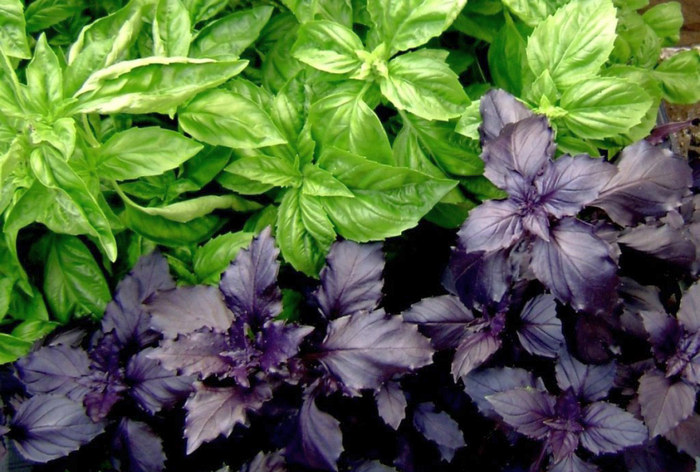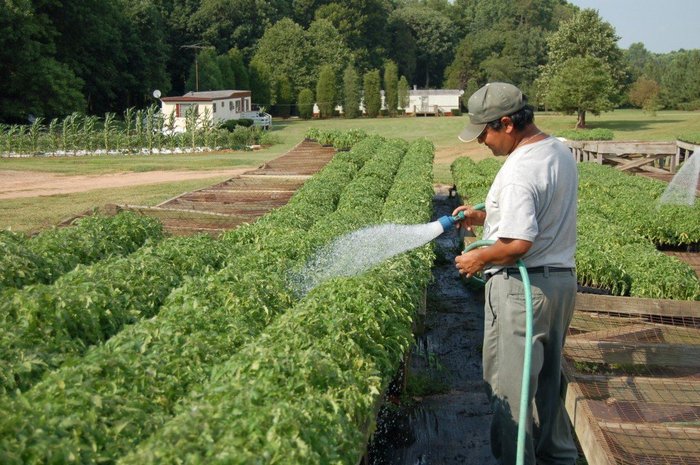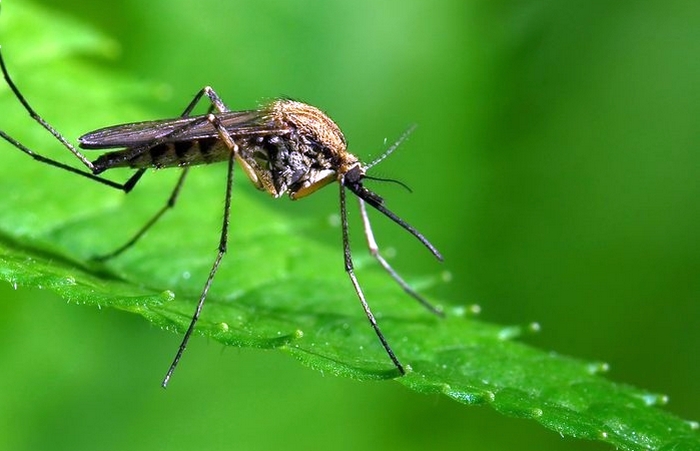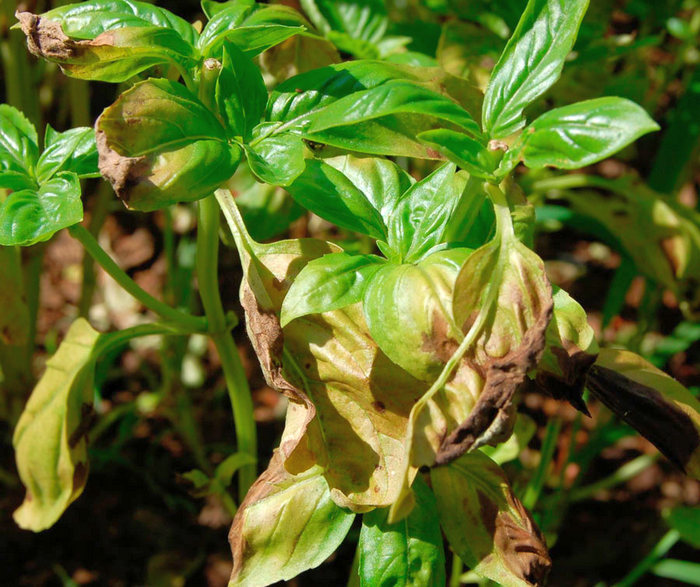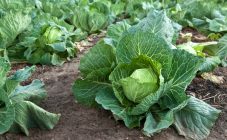Content:
Basil is an annual heat-loving plant native to Asia. Suitable for growing in open ground and greenhouses, where basil shows well the proximity to other plants. The spice grows at home and in pots. The peculiarity of growing aromatic herbs is that the culture does not tolerate lower temperatures, the seeds germinate at + 25 ° C, and at -1 ° C, the sprouts can die. Fragrant grass likes well-ventilated, sunny areas with fertile soil.
What plants to plant basil with
There are about 70 varieties of aromatic herbs, early, middle and late ripening. Varieties differ in taste, include not only salad, but also dessert purposes. Grass leaves have two primary colors: green and shades of purple. Purple has a richer flavor. Basil is an ornamental and useful aromatic herb that requires conditions close to its usual growth.
Basil, which is grown in small quantities, does not require a separate bed in small areas. The plant can be planted along the edge of the garden bed set aside for other crops, but on the south side. Basil has compatibility with other plants and does well in mixed plantings and as a compactor for beds. It is important to take into account that in case of threats to a decrease in air temperature, a culture growing in open ground will need to be covered.
It is good to grow spicy grass after the predecessors that received top dressing of the soil. The spice prefers fertile soils and is responsive to fertilizers.
With crop rotation of crops, the structure of the soil improves, and the ability to accumulate pathogenic microflora by plant roots decreases. For this reason, it is not recommended to plant a fragrant spice in one place every year. In order for the plant not to be affected by fusarium, a disease with stains on the leaves, it is planted in its original place only after a few years.
In warm regions, the spice is planted by direct sowing into the ground, where it grows until the cold weather. In areas with a late onset of above-zero temperatures, the culture is grown in seedlings or in greenhouses, followed by transplantation into open soil.
The influence of plants on each other is studied by science - allelopathy, which describes the ability of plants to complement and suppress each other. With good compatibility, crops improve the composition of the soil and the taste of the neighboring plant.
Growing herbs in mixed plantings makes it easier to care for your crops and increases the likelihood of a good harvest.
Better neighborhood
Tomatoes - something with which to plant basil in the same garden will be useful for the culture. Tomatoes can change their taste depending on what spices are next to them. Growing a fragrant plant has the most beneficial effect near tomatoes. This combination is successful not only in the salad.The aromatic herb enhances the taste of tomatoes when planted together, and its characteristic aroma repels flying pests and caterpillars. In an environment close to spicy grass, the possibility of mold and powdery mildew on tomato leaves is reduced.
Basil and tomato are equally demanding for care: abundant watering and frequent loosening. Cultures are similar in terms of the composition and fertility of the soil. Tomatoes are something with which you can plant a basil bush in the same greenhouse. When growing together in a greenhouse, it is important to avoid shading the spice; for this, tie up tomato stems in a timely manner, remove its lower and thickening leaves.
In addition to tomatoes, spice in joint plantings with salad improves its taste. Eggplants do not have unwanted neighbors in the garden and feel great next to a fragrant spice.
Basil gives growth energy to nearby sweet peppers. This neighborhood is considered favorable and allows you to grow crops with high palatability. Considering the successful combination of tomato, aromatic seasoning and pepper in the beds, their equal needs for heat, light and watering, it is rational to grow them in the same greenhouse.
A fragrant seasoning planted next to the beans reduces damage by the bean grain pest. Beans damaged by weevil should not be eaten or fed to livestock without pretreatment.
The aroma of the herb affects the insect pest of asparagus - leaf beetle, asparagus rattle. If you do not fight the insect, it eats up all the shoots and leaves, after which the asparagus stops growing and dries up.
Basil with which you can plant additionally:
- zucchini;
- peas;
- green and onions;
- garlic;
- leafy salads;
- kohlrabi;
- pumpkin.
The spice is suitable for growing with different varieties of its own culture, other aromatic herbs like mint, coriander and rosemary.
It has a neutral effect growing with beets, but basil is a good predecessor for its crop rotation.
Basil for repelling insects
Basil, with a pungent spicy smell, becomes a good helper in the fight against various insect pests. The strong aroma of the seasoning arises due to the high content of essential oils in the leaves. The greatest concentration of nutrients accumulates in the plant before flowering. Basil bush scares away aphids and ants from fruit trees and shrubs.
It is possible to plant low varieties of fragrant grass in indoor conditions not only as a useful spice, but also as a plant that is unpleasant for house flies, mosquitoes and moths. In a home potted environment, with enough light, the crop grows all year round.
The leaves and fruits of crops such as eggplant, tomato and pepper are damaged by a butterfly - a five-point hawthorn, with which it is better to plant basil bushes next to it. For these crops, the aromatic annual will become a repellent plant.
The herb is able to influence the spread of a common pest in tomatoes and corn, the green caterpillar called the tomato or horned worm. The larvae of the pest hibernate in the soil, and in the form of caterpillars eat the foliage for a month.
Spice, in order to scare away harmful insects, is recommended to be planted in islands or in the aisles of other crops. Next to trees and shrubs, flower beds or pots with plants of different shades are arranged. The Basil bed is extremely decorative.
In flower beds, basil with what to plant next to:
- blue St. John's wort;
- decorative salad;
- ornamental cabbage;
- the Geneva tenacious;
- oregano;
- roses;
- hybrid host.
Fragrant flower beds, planted near gazebos, benches and other places of rest, are good not only for their aesthetic appearance and aroma, but also for the absence of insects.
Fragrant grass is capable of attracting entomophagous insects to the site, which are natural enemies of harmful insects, maintain a biological balance, and improve the garden.
What plants should not be planted with basil
Aromatic herb does not tolerate the neighborhood with:
- white cabbage;
- radish;
- radish.
Spice should not be planted next to marigolds, which oppress it. Of the strong-smelling herbs, basil does not coexist with rue.
Sowing cucumber does not coexist well with aromatic herbs like thyme, cilantro, oregano. Basil is also an unsuitable neighbor for cucumbers. And you shouldn't plant it with beans, because crops are prone to one disease.
The spice herb experiences inappropriate compatibility with any crops that withstand or prefer aridity. Fragrant grass requires high soil moisture, but without waterlogging, with good air permeability. The culture does not tolerate watering with cold water, therefore, places where plants are watered from a garden hose, not heated with water, are not suitable for it.
The plant does not grow well in heavy, swampy soils, lowlands and shaded conditions. Growing in such areas with any plants, the annual will develop poorly, hurt and may die.
The fragrant herb grows well after most crops, except for carrots and turnips, and late varieties of cabbage.
Growing tips and tricks
Basil in the flowering phase is an excellent honey plant and attracts many bees to the garden. The flowering shrub is more suitable for decorative purposes or for collecting seeds. With the formation of flowers, bitterness appears in the leaves of the plant, the increase in their mass decreases. The flower tops are removed for consumption and more branching. During the season, the spice can be planted several times, choosing the most suitable place. After the end of freezing temperatures, the bushes can be moved home.
Basil is a spice plant that is a favorable neighbor for many cultures. The plant is more whimsical to growing conditions than to compatibility with different cultures. The southern homeland of the origin of the spice allows it to grow favorably in warm sunny areas.
